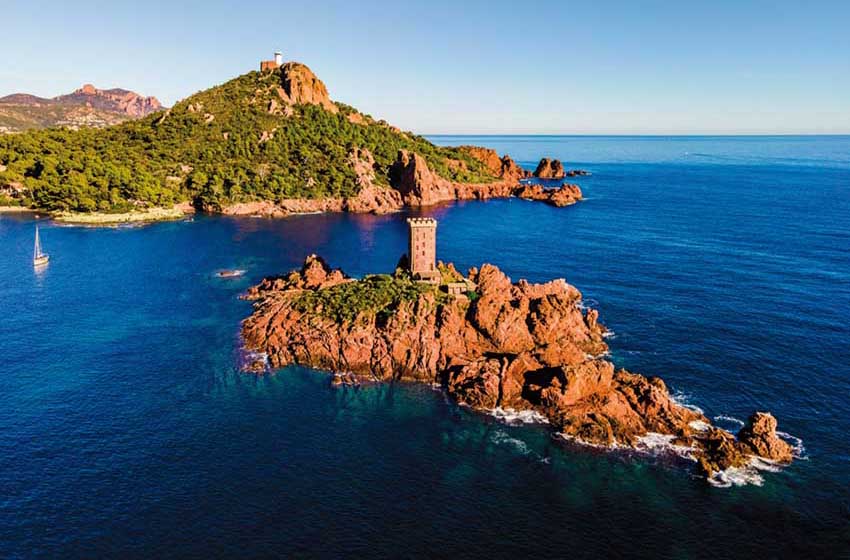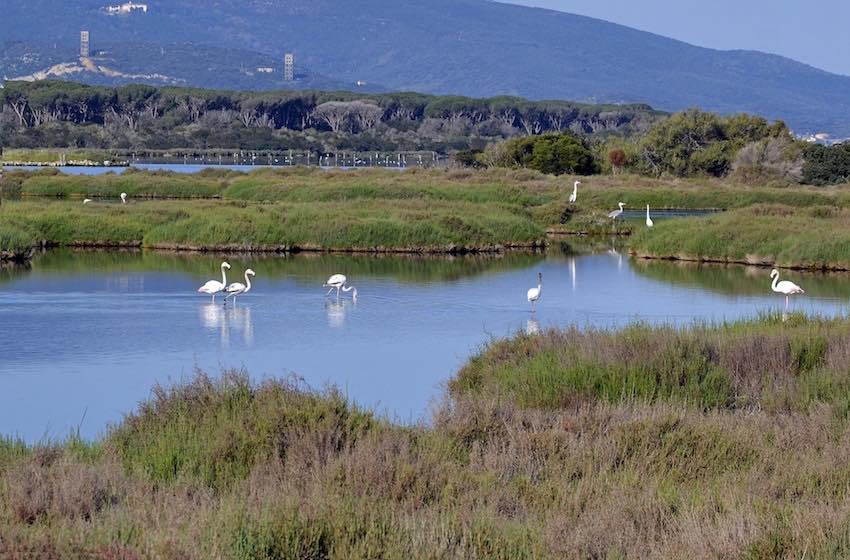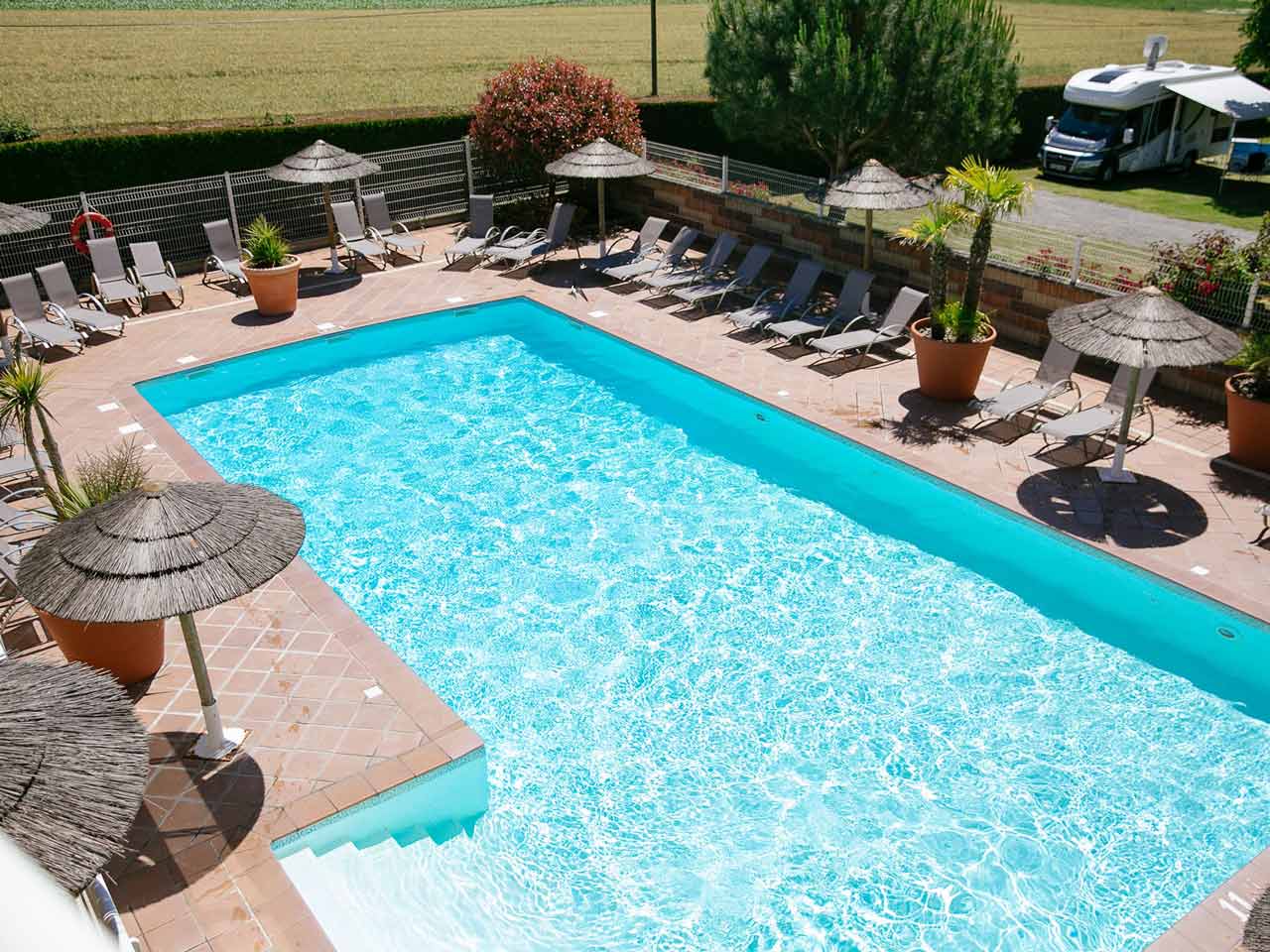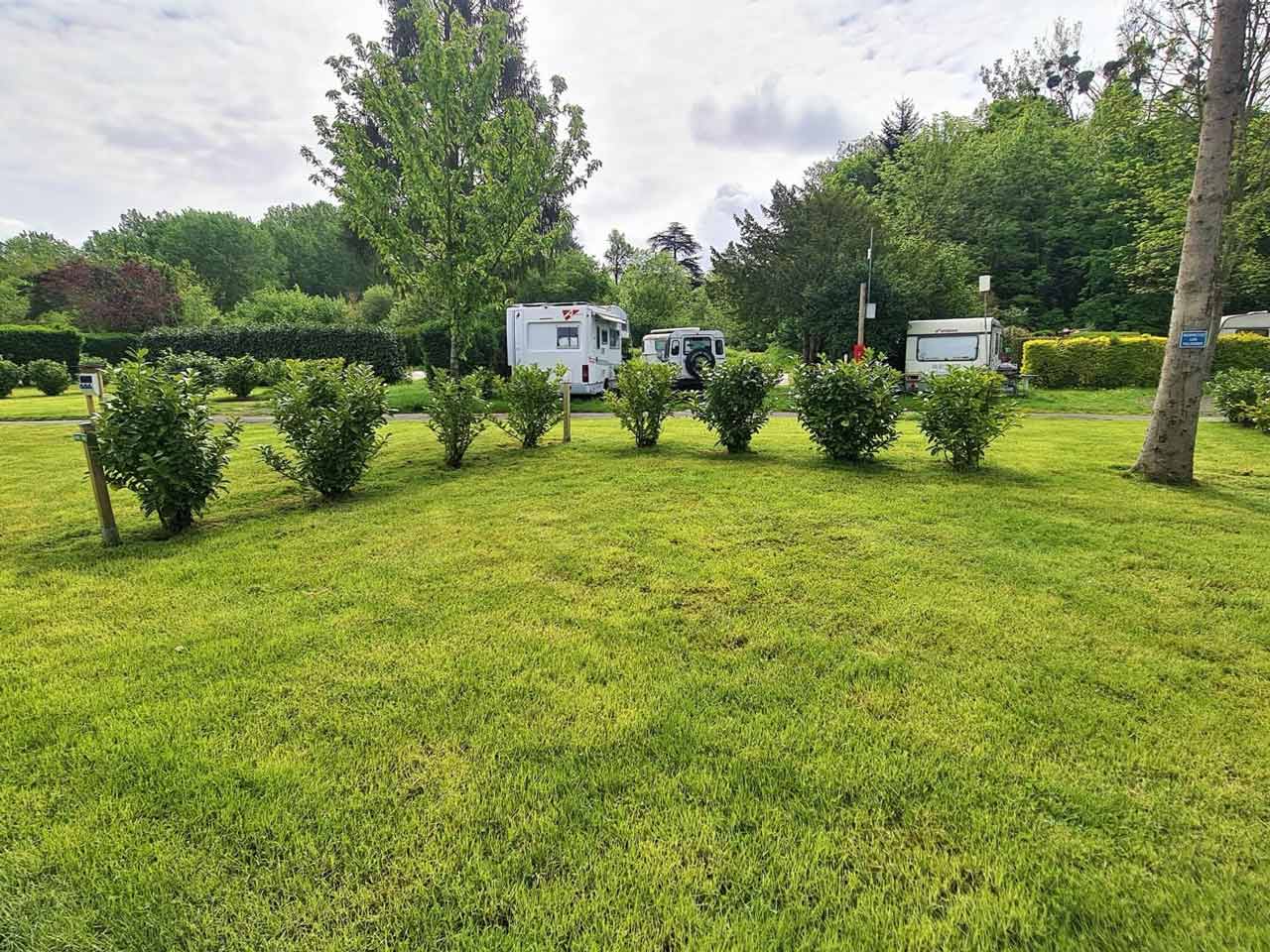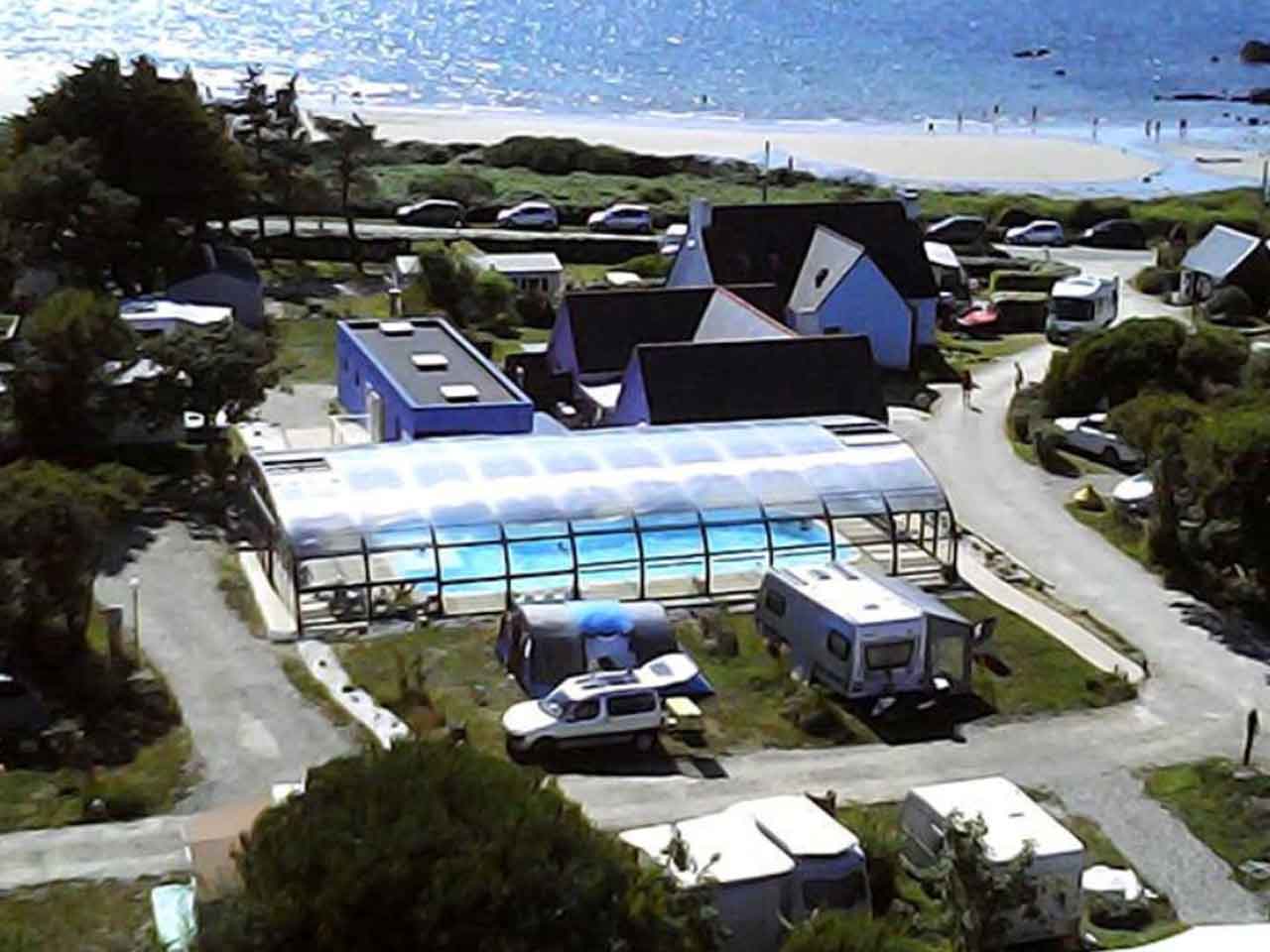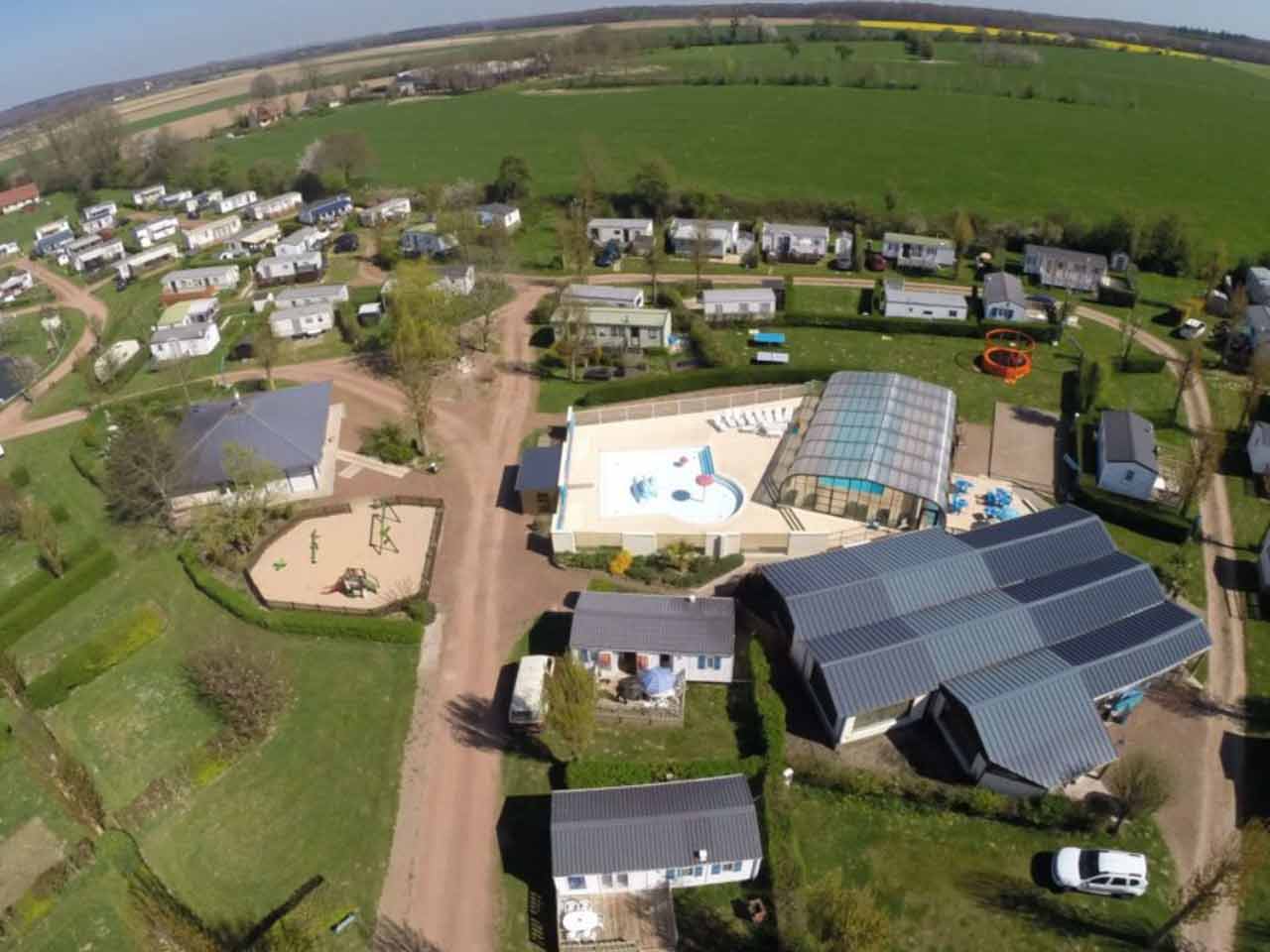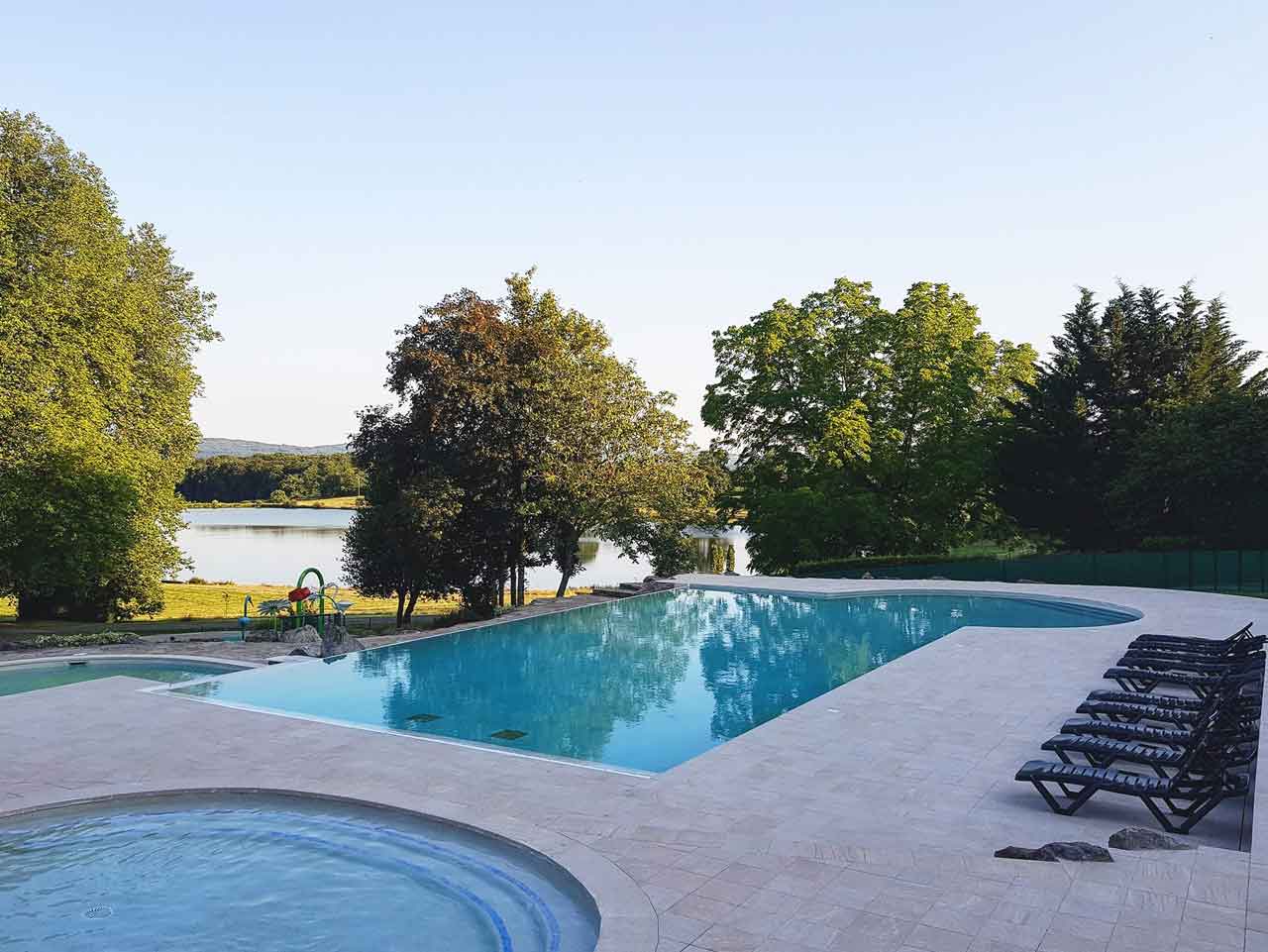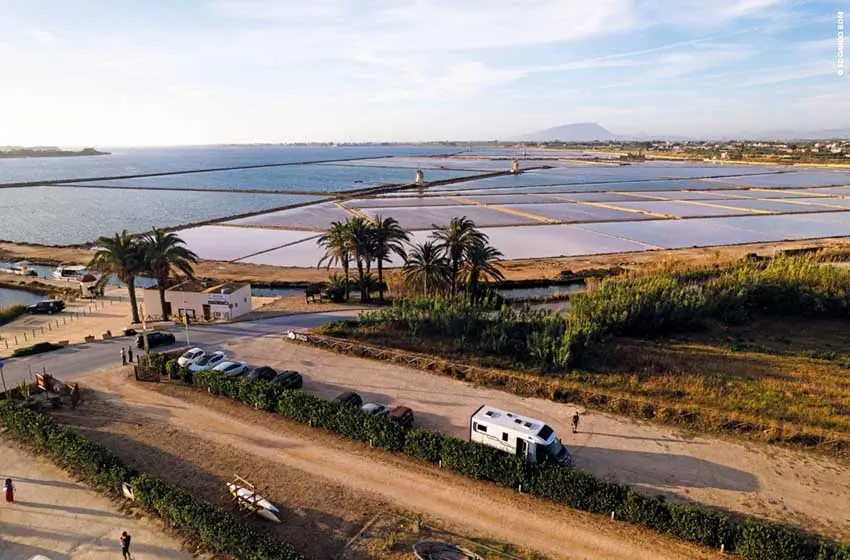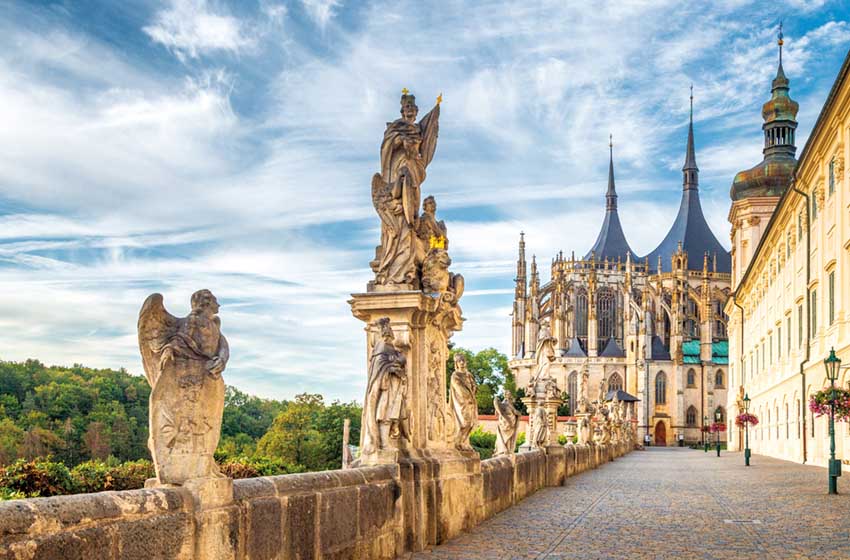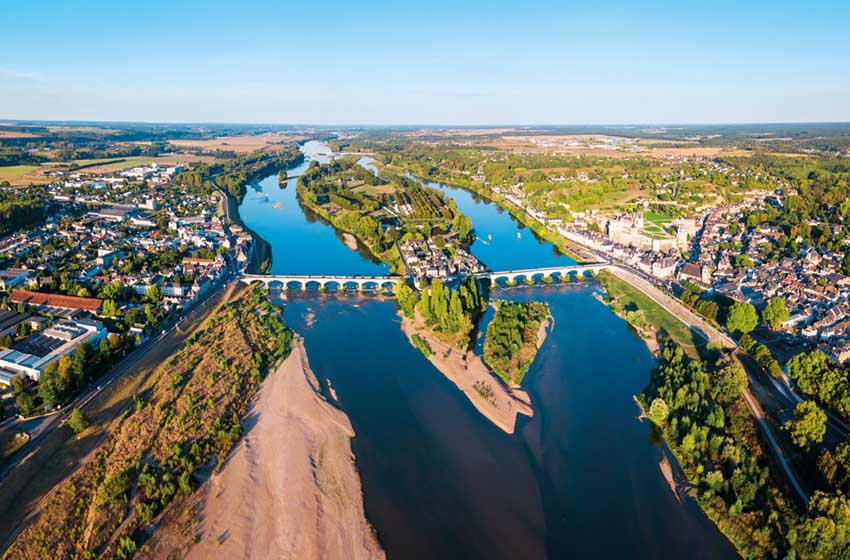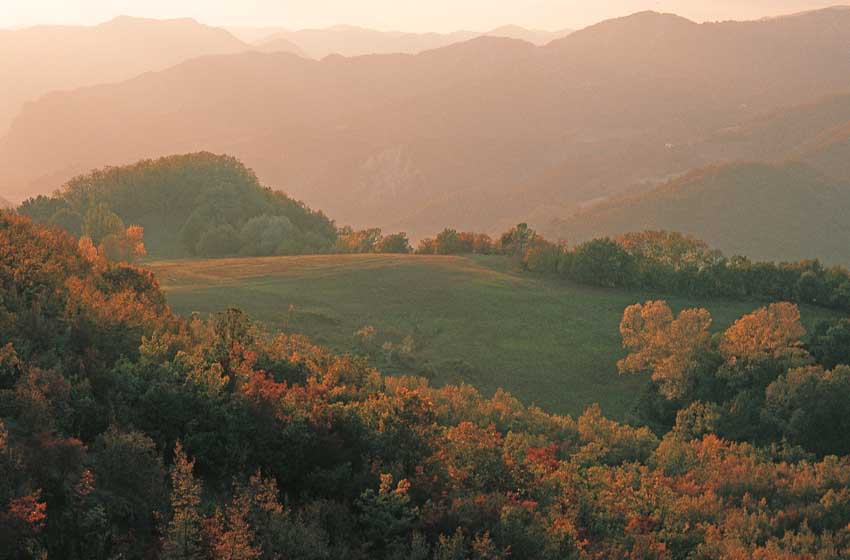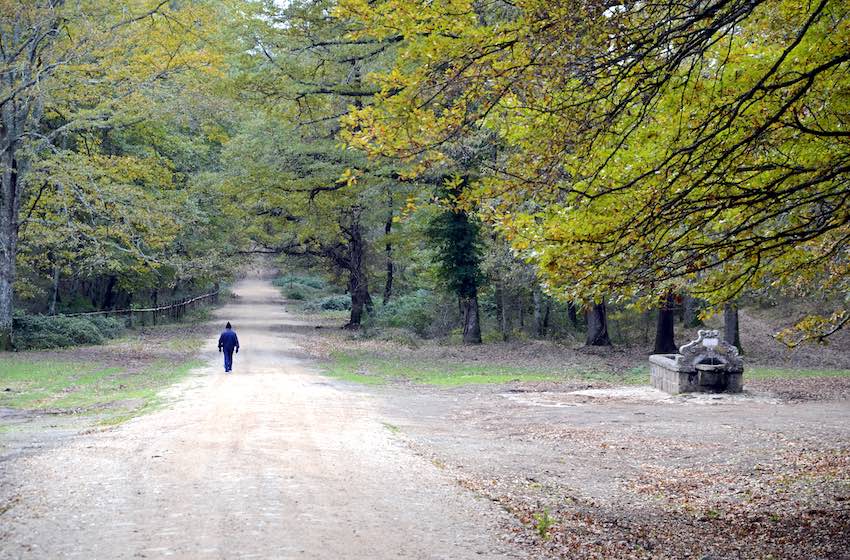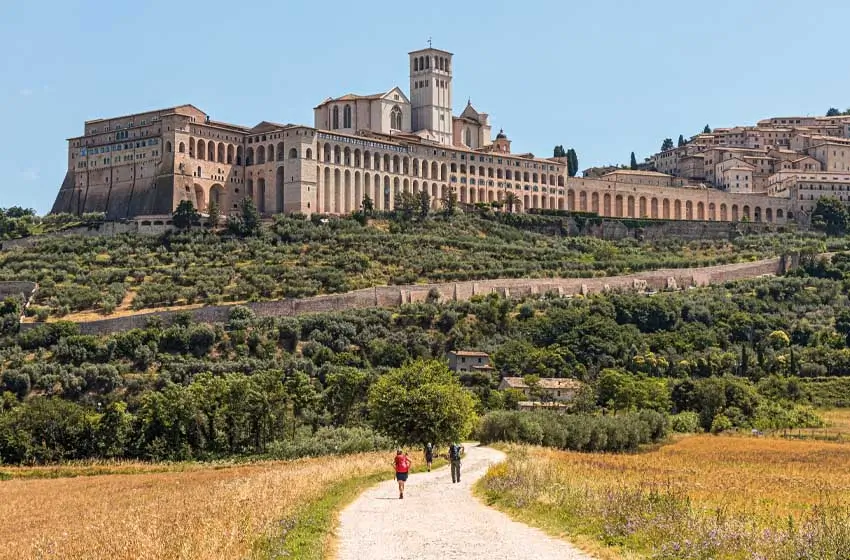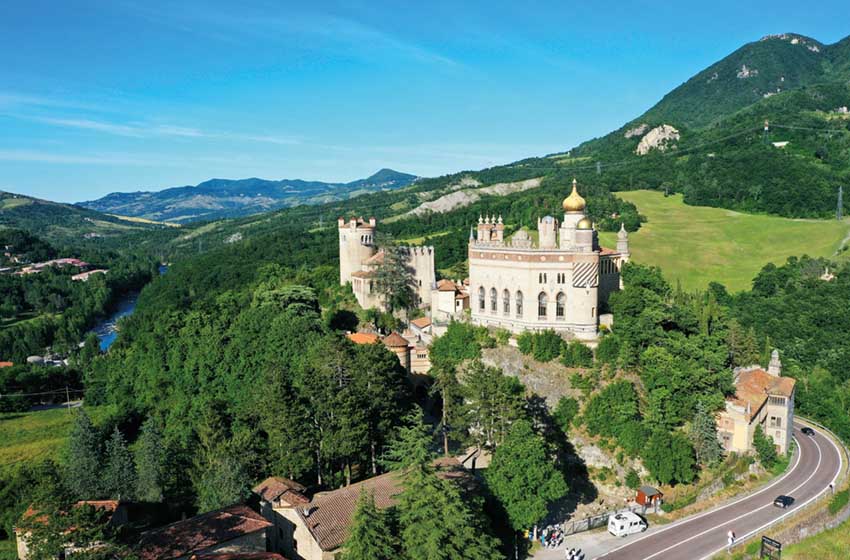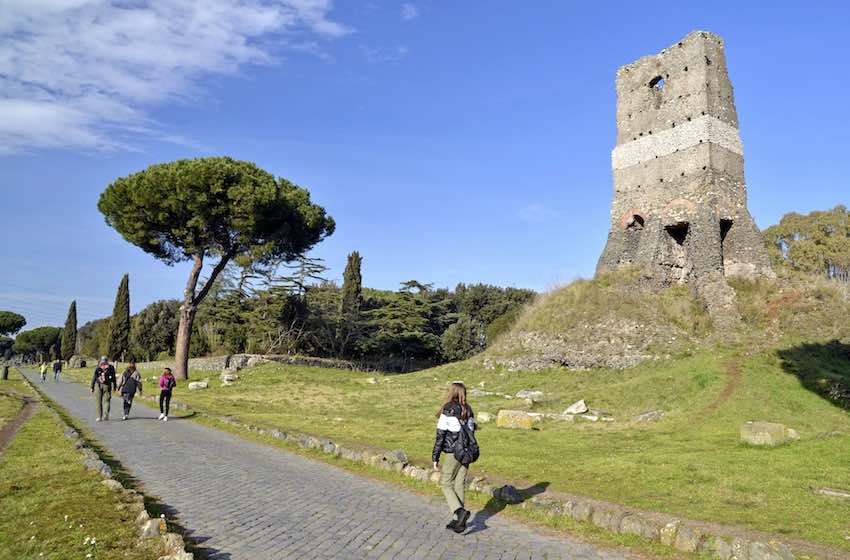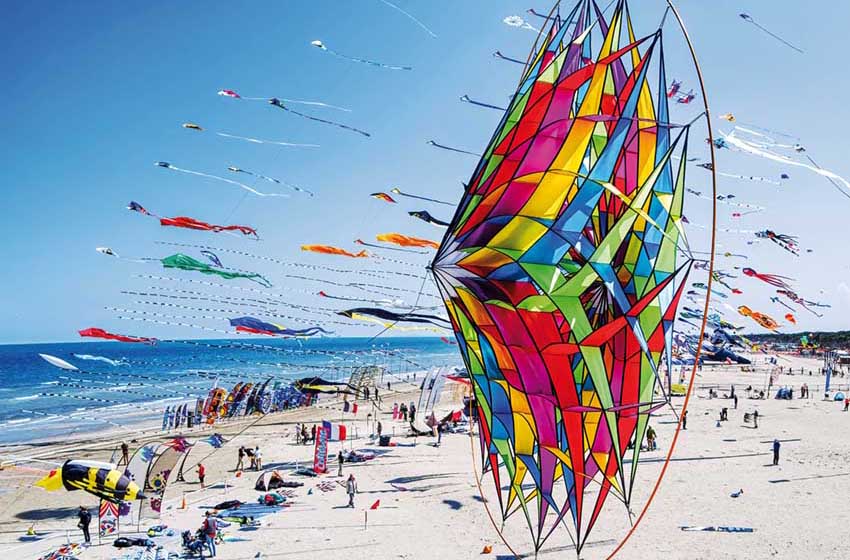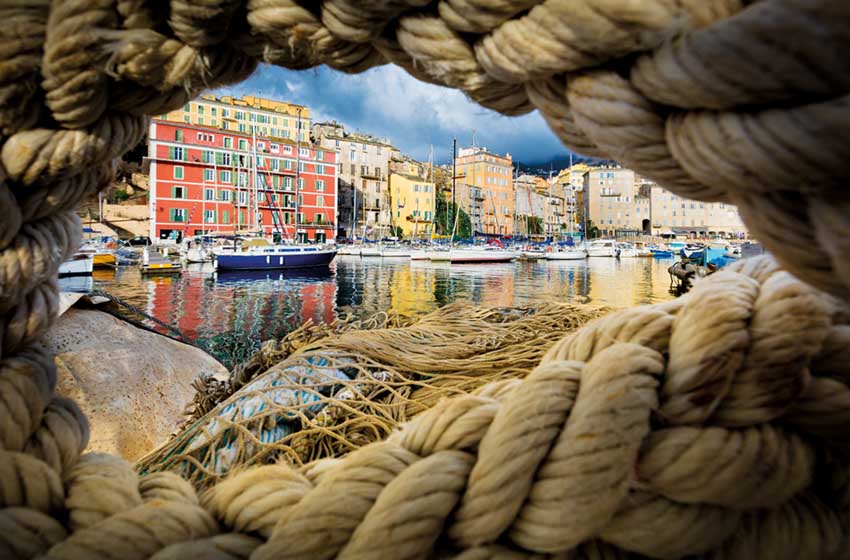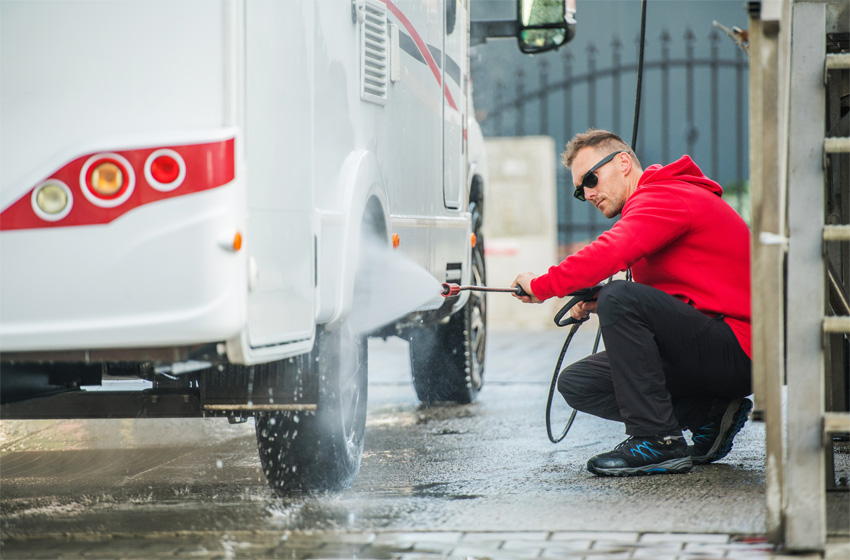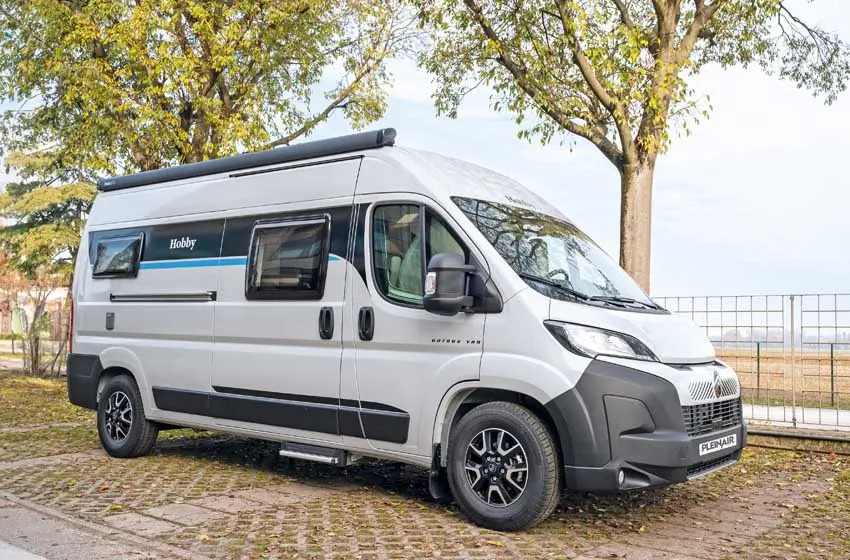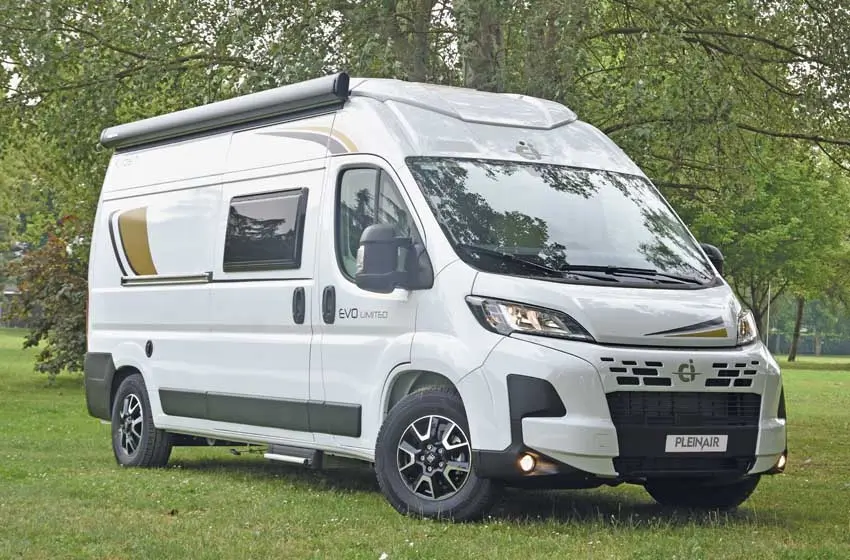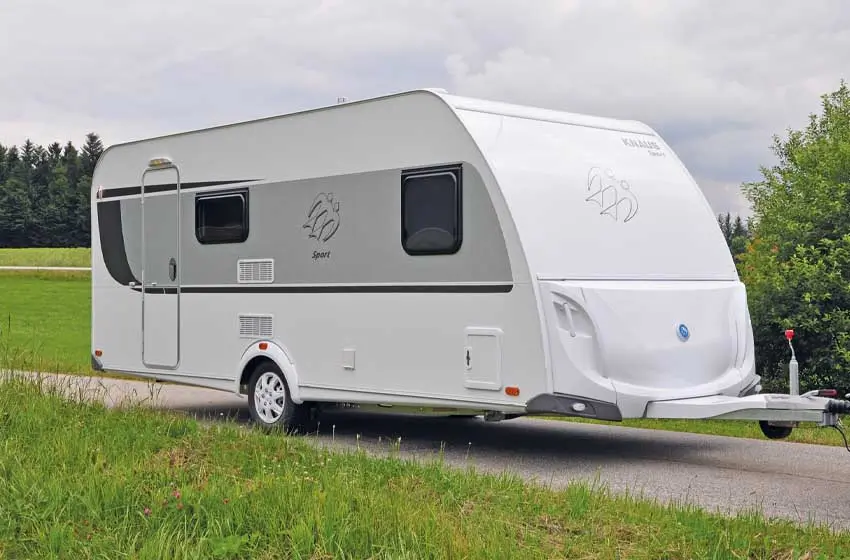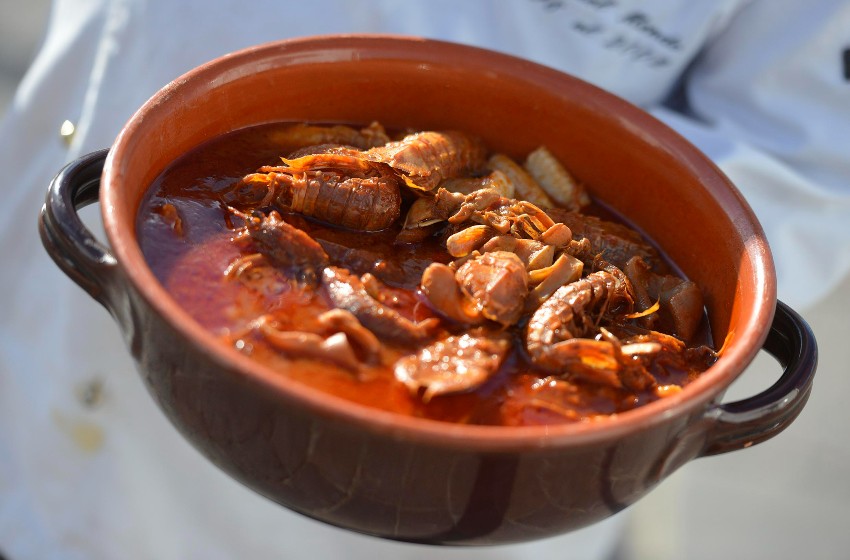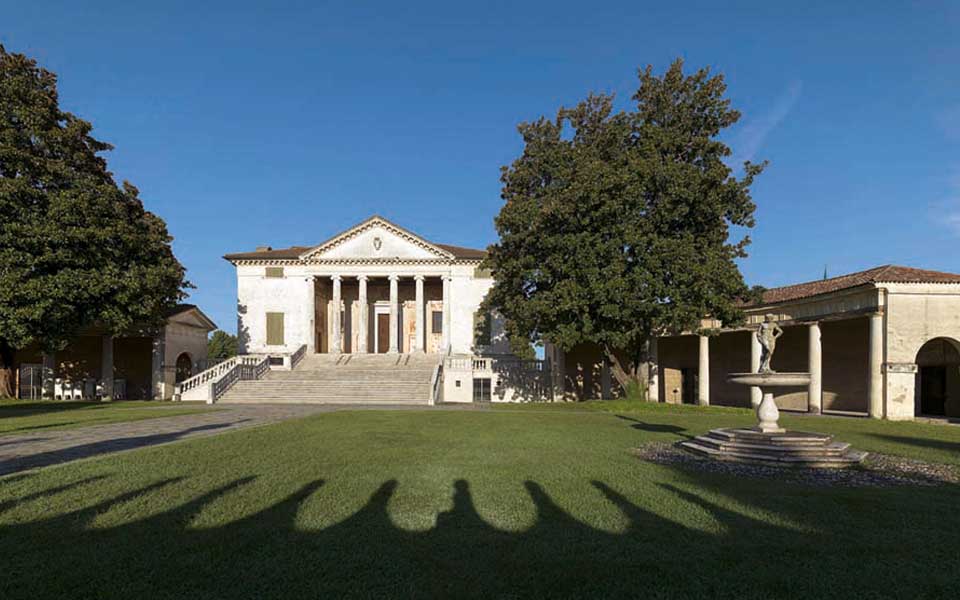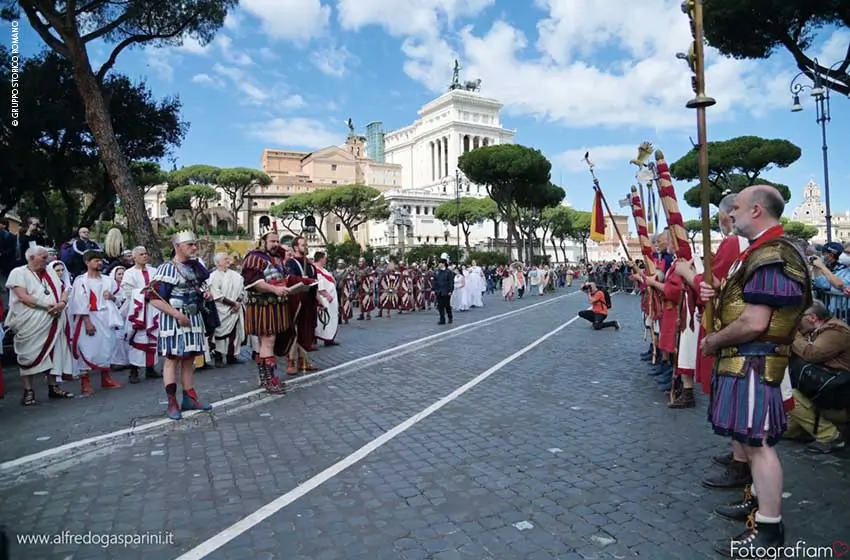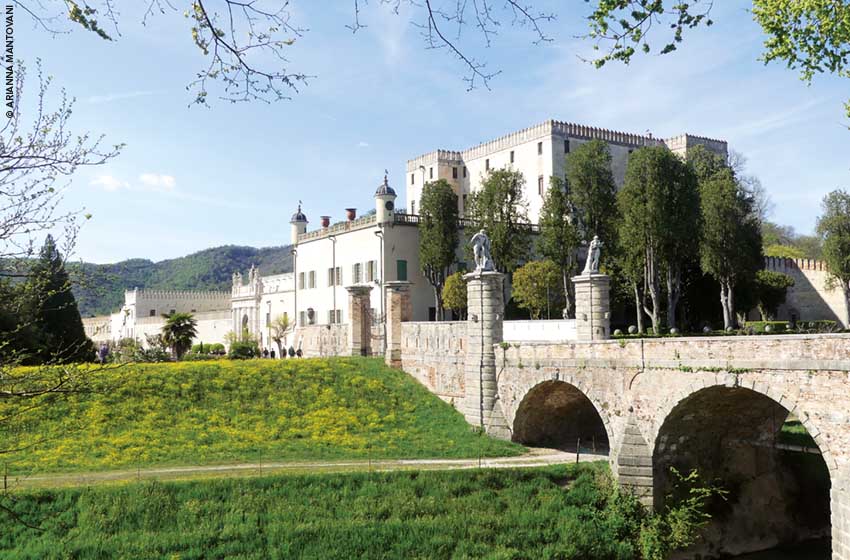To spend the last days of the year Fabio chose the Southern France, already visited on other occasions but not yet driving a camper. Ten days available for two regions to explore and a wealth of experiences to bring home.
To discover discounts and advantages on camper stops in France, visit the PLEINAIRCLUB page!
Road Map of France by camper
- 1st DAY: Departure in the late afternoon from the province of Reggio Emilia. Overnight stay in the Celle Ligure rest area, near the motorway exit. 250 km
- 2nd DAY: Traveling towards Provence with a deviation from the motorway at Cannes along the panoramic Corniche d'Or. Stop in Frejus and arrival in the evening in Fontaine-de-Vaucluse. 425 km
- 3rd DAY: Visit to the source of La Sorgue. Departure for Pont du Gard, in Languedoc, and Avignon, back in Provence. 70km
- 4th DAY: After visiting Avignon and its surroundings, arrival in Tarascon in the evening and overnight stay in nearby Beaucaire. 31km
- 5th DAY: Visit Tarascon and Beaucaire. Then I travel towards Paradou and arrive in Fontvieille, with a rest area a few kilometers from Arles. 34km
- 6th DAY: Visit to the remains of the Roman aqueduct of Barbegal. Then the journey continues along the Rhone towards the sea and crossing the mouth by ferry to Bac de Barcarin. Visit to the salt marshes of Domaine de la Palissade and route along the Etange de Vaccares to Saintes-Maries-de-la-Mer. 110km
- 7th AND 8th DAY: Stop in Saintes-Maries-de-la-Mer between relaxation, walks on the beach, visits to the center and equestrian shows.
- 9th AND 10th DAY: The return journey begins, passing quickly through Arles for some last-minute purchases and arriving in Sanremo in the evening. The next day, last push to cover the distance home. 700 km
France in a camper: the journey begins
Fabio had already been to Provence and Camargue several times; but not yet aboard his camper, a Mc Louis Glen 560 W “with a few years behind him but still doing his job very well”, as he himself writes to us. “We entered the world of plein air recently but we immediately became passionate about this lifestyle: we have always preferred traveling holidays and the camper is the ideal solution for us”, adds.
As he was able to personally verify, in these two southern regions - as in the whole of France - the welcome towards travelers en plein air is exceptional, the equipped rest areas are numerous, in almost all the countries there is at least a parking lot or rest area. And above all "camper owners are seen as a resource and not as a burden".
Perhaps this is also why Fabio went several times in a short space of time in the Hexagon with its attic visiting Normandia, Brittany, Lot e Dordogne. Below is the diary of the experience carried out a year ago: the protagonist is a crew made up of three adults and two children.
Read also: “France, Canal du Midi by camper and bicycle”
The departure by camper for France
December 23: Celle Ligure
Once the work is finished, it's time for the final preparations and we leave from the province of Reggio Emilia towards France for the Christmas holidays. The roadmap is established: we will only touch a few places, since we have already been in these parts before. The arrival and turning point will be Saintes-Maries-de-la-Mer, where a calendar of equestrian shows is scheduled for the entire Christmas period.
To those wishing to visit the Camargue and Provence, however, I can say that these are two regions very rich in points of interest. There is something for all tastes: from cities of art to naturalistic places, from small villages to the most famous and fashionable places.
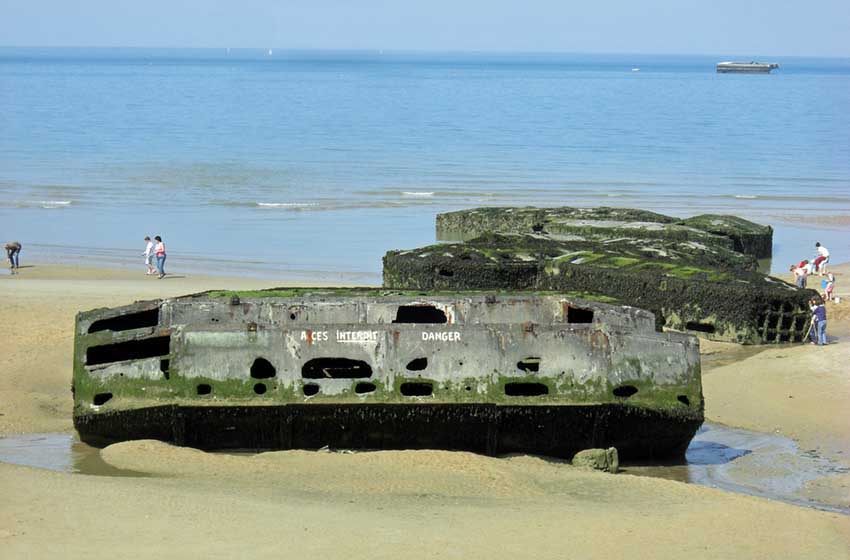
We travel about three hours on the motorway until we reach the Ligurian coast; we decide to stop at the camper area of Celle Ligure, convenient because it is just off the motorway exit.
December 24: Cannes
After breakfast we leave for Provence; to break up the journey a little we leave the motorway near Cannes and we walk along the beautiful one Corniche d'Or, a panoramic road that runs between high red cliffs overlooking the sea. We don't encounter much traffic: in summer the visit must certainly be more complicated, especially for a vehicle of considerable size.
Reached the town of Frejus we make a stop at Plage du Débarquement, the beach that saw the arrival of the Allies in 1944: a much less famous and valorized location than the places of the Normandy landings, but in our opinion equally evocative.
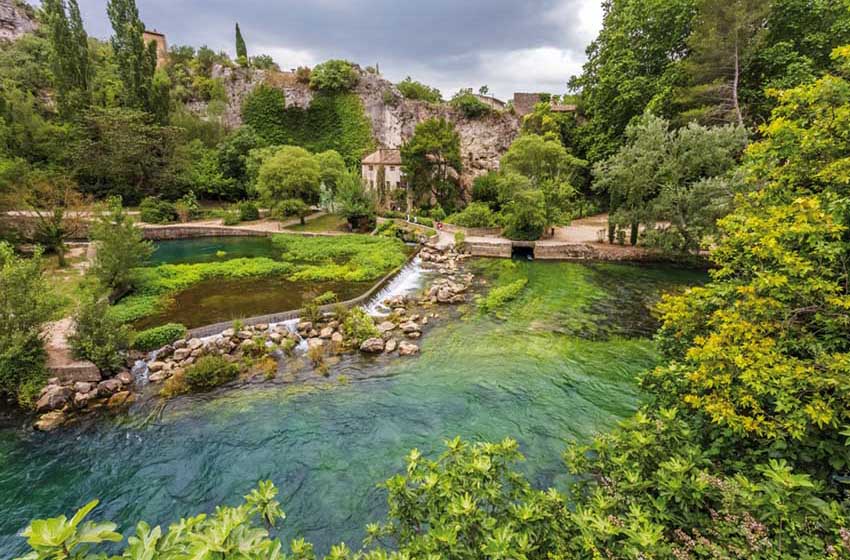
It's evening when we reach the first destination, Fontaine-de-Vaucluse: for the night stop we reach a large tree-lined car park on the banks of the sorgue, without services and located a short distance from the center; a paid parking area is also available not far away.
Read also: “Côte d'Azur by camper, from Menton to Port Grimaud”
Avignon, the city of the Popes
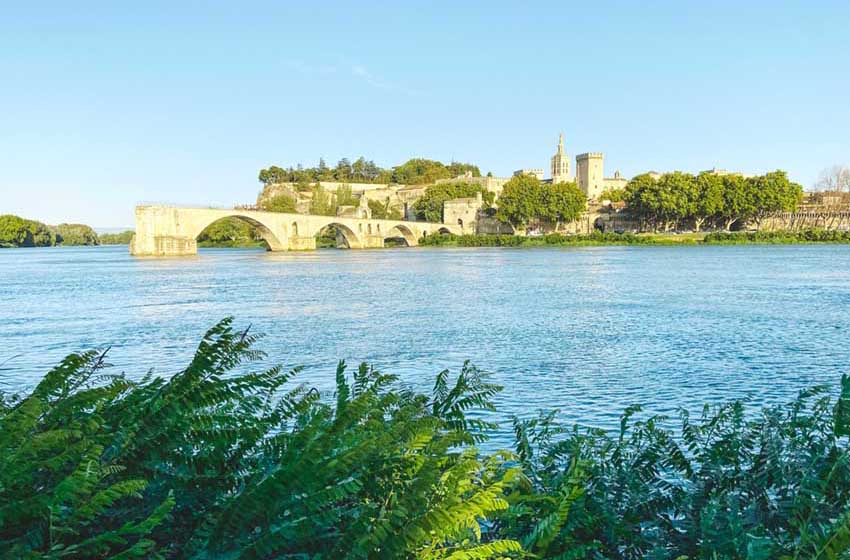
December 25: Avignon
After a quiet night lulled by the flow of the river we venture to visit the fbeloved Fontaine de Vaucluse, the source of the "clear, fresh, sweet waters" sung by Petrarch. The source can be reached via an easy path which is a few hundred meters walk from the town centre. On a previous trip we had visited the old paper mill, which unfortunately we found closed during the Christmas period.
In the early afternoon we resume our journey towards two famous destinations. The first takes us to cross the border into Languedoc to visit the magnificent Pont du Gard, in the locality of the same name, one of the best preserved and most spectacular Roman aqueducts; we stop temporarily in the car park on the left bank (without services).
Given the day of celebration, entry to the Pont du Gard site is free, while the two small museums located on the two banks are closed. It is equally worth taking a nice walk: you can decide to stay in the lower part with a wide and comfortable walkway; to enjoy some more interesting views you can climb the hill and admire the grandeur of the ancient building which still crosses the valley today.
In the afternoon we return to Provence headed for Avignon, the city of the popes. After discarding the rest area on theIle de Piot, closed in the winter season, we decide to stop at the nearby one Camping Bagatelle. It is a small campsite on a spit of land in the middle of the Rhone with breathtaking views towards the Pont Saint-Bénezet and Palace of the Popes. Once the registration formalities have been completed, we cross the bridge that separates us from the old city for a first visit, appreciating the shopping area splendidly decorated for the Christmas holidays.
Read also: “12 things to see and do in Avignon”
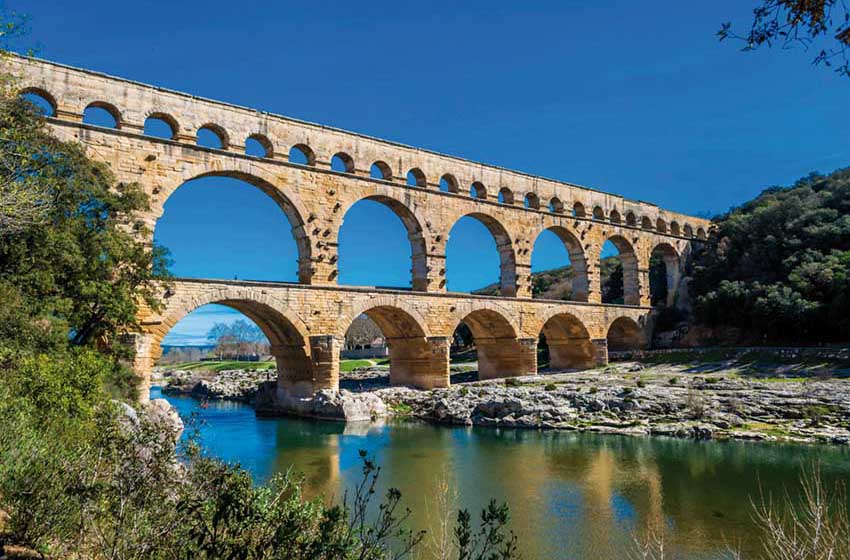
December 26: visit to the centre
Favored by a splendid sun and temperatures that are not at all wintry, we return to the center and spend the morning visiting the Palace of the Popes; At the entrance we are provided with an interactive tablet which is much appreciated by the little ones.
We also visit the Pont Saint-Bénezet, the famous broken bridge (only part of the original structure is still standing) and the streets of the old city; very beautiful street via dei tintori where some water mills are still visible.
In the afternoon we move to visit the immediate surroundings. First stop the imposing Tour Philippe-le-Bel, unfortunately closed on Mondays, on the right bank of the river. TO Villeneuve-lès-Avignon they deserve a stop there charterhouse of Notre-Dame-du-Val-de-Bénédiction, classified as a Historic Monument of France, and Fort Saint-André, built between the end of the 13th and 14th centuries. Both were closed when we arrived, but on the other hand, from the top of the hill where the fort stands you can enjoy a beautiful view of the city of Avignon and the Rhone.
Once again driving, a few kilometers separate us from the two twin cities of Tarascon e Beaucaire, divided by the waters of the Rhone. We find accommodation in Beaucaire at the free rest area on Quai de la Paix, quiet and close to the canal port.
The twins on the Rhone
27 December: Tarascon
We start the day with a short walk that takes us across the bridge over the Rhone until we reach Tarascon. We head straight to the collegiate of Santa Marta, built between the 11th and 12th centuries, and then we move on to the fifteenth-century castle, one of the most evocative in France: an imposing square fortress on a rocky spur overlooking the river which is certainly worth a visit.
Having retraced our steps we cross the Rhone again and head towards the Beaucaire Castle, also erected in an elevated position, home to an archaeological museum and used for shows, especially in the summer months. Unfortunately we find it closed, but our impression from the outside is that it is small and less well preserved than the one in Tarascon.
Read also: “12 things to see and do in Aix-en-Provence”
Paradou
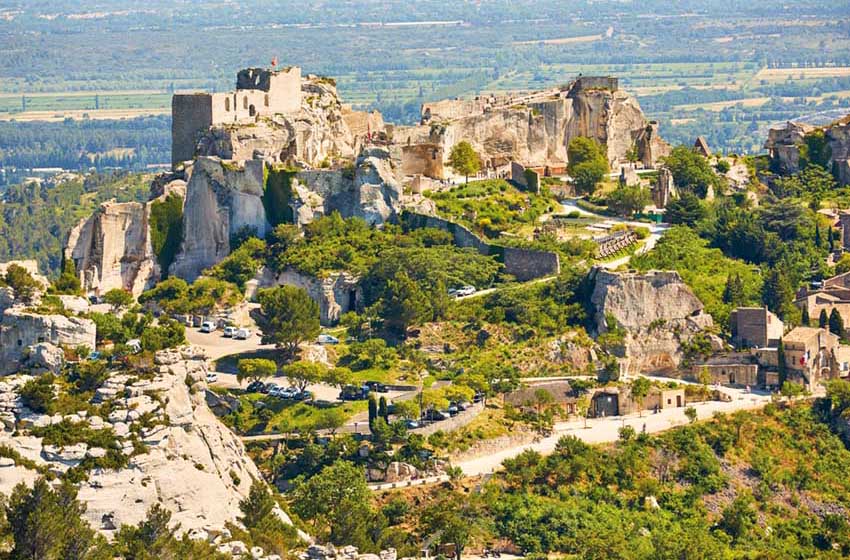
The itinerary continues southwards with destination Paradou. The peculiarity of this tiny village is the santon museum, the typical terracotta figurines of various sizes used to make nativity scenes.
A short distance away is the famous village of Les Baux-de-Provence, considered one of the most characteristic of Provence. But we can't stop because it's too crowded and we move to Fontvieille, where we find an excellent rest area south of the town along the D32. From here a beautiful walk starts in the woods which leads to the discovery of some windmills; in the center of the village there is an ancient noble villa. The Fontvieille area is the ideal base to reach Arles, just 5 kilometers away, by public transport or scooter.
Landscapes and archaeology
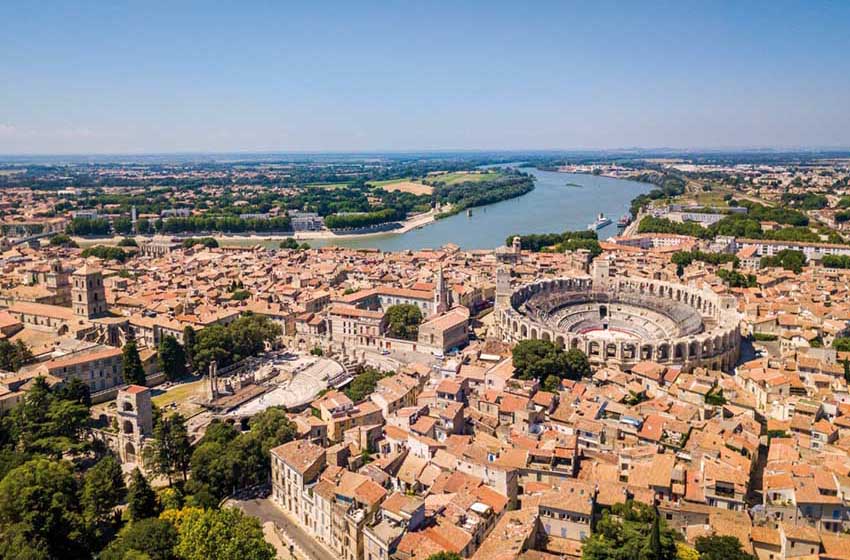
December 28: Arles
Not far from Fontvieille they are worth a visit the remains of the Roman aqueduct and the mills of Barbegal. To reach the site you travel along a narrow road among olive groves until you reach a small pine forest where you park the camper. From there, with a short walk you first reach the ruins of an aqueduct and then, following its path towards the valley, you spot a series of mills built on the side of a hill which then descends to the river below.
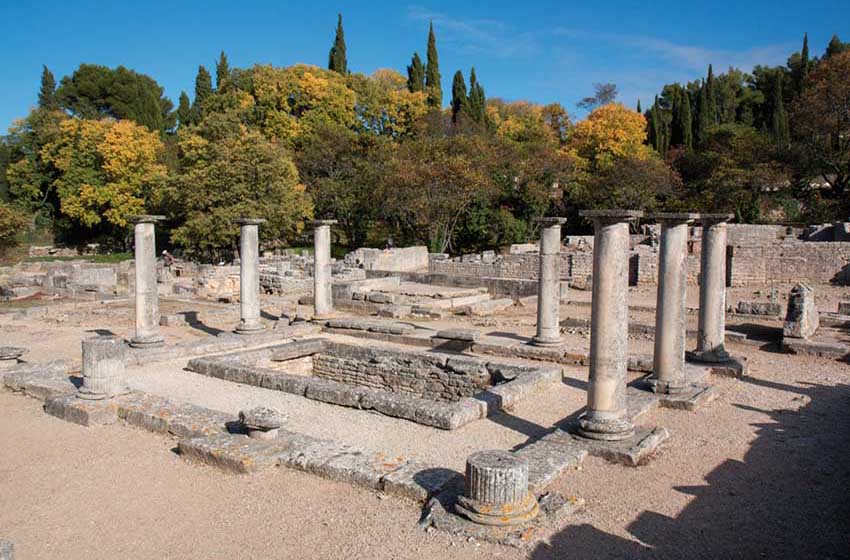
The whole area is dotted with Roman remains and archaeological sites: the most important are a Saint-Rémy-de-Provence, where the site is located Glanum, and in Arles, where you can visit the theatre, the amphitheater and the archaeological site which, however, we prefer to leave for another trip, together with the Vincent van Gogh Foundation dedicated to the Dutch artist who lived here for a long time.
Read also: “ViaRhôna, a slow highway: from France to Switzerland by bike”
Along the Rhone
An immersion between the land and water scenarios of the Camargue: we descend following the left bank of the Rhone until we reach theBac de Barcarin landing stage, where a ferry allows you to cross the mouth of the river: we choose this nice solution - the camper on the boat - also to show the children something different; but since the journey only lasts a couple of minutes and the cost for a camper is 10 euros, you can also opt to get off directly from the opposite bank.
Having reached the right bank we continue towards the salt marshes of Domaine de la Palissade, stopping in a large car park with a lookout. Along the road you pass the large basins used for salt extraction, which in some places take on a pink colour: a phenomenon due to the presence of small algae that bloom in certain periods of the year; we also meet some pink flamingo. Having lunch with a view of the salt marshes is a privilege that only a camper can offer.
We continue our journey on a small secondary road that runs along theEtang de Vaccares, a marshy area where you can find herds of bulls and white horses; there is no shortage of huts and areas equipped for birdwatching practice.
The capital of the Camargue: Saintes-Maries-de-la-Mer
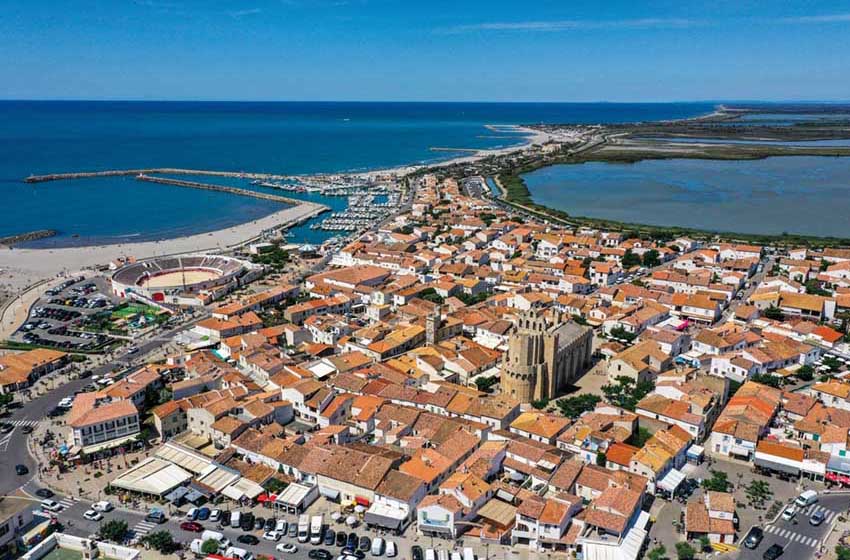
We finally reach Saintes-Maries-de-la-Mer, famous for the great pilgrimage of gypsies in honor of Santa Sara which takes place every year between 24 and the 25 may. We are here for the evocative equestrian shows that enliven the town, the heart and symbol of the Camargue, during the Christmas holidays. The rest area chosen is the furthest from the centre, reachable in a couple of kilometers with a convenient illuminated cycle path: given that there are some rides in the centre, it is certainly the quietest.
Settled in a pitch overlooking the sea, we head along the beach until we reach the city center for a first visit and to find the program of shows.
December 29: towards the center
Early in the morning a representative comes knocking on the door of the camper to collect payment until the next morning. The morning passes between a walk on the beach and some games. At lunch time we decide to go to the center for a visit and to sit in one of the many restaurants; not all are open this season, but those available are being taken by storm.
We are in the south of France and the influence of Spanish culture is also recognizable in the cuisine. We find a place at Esperado restaurant which offers an excellent paella with sangria, and given the beautiful day we even manage to eat outside. In the afternoon we get lost in the streets of the center full of shops and then return in the evening and relax in the rest area with a nice game of pétanque.
December 30: the horse and light show
The morning is spent, like the previous one, on the beach: we look forward to the afternoon to return to the center and attend the various shows, all with free access. After sunset, on the main street, between two wings of the crowd, four herdsmen galloping on white horses accompanied by torchlight a pair of bulls in the arenaa.
Unlike bullfighting, this tradition does not involve killing the animal: once the bull arrives at the arena, it finishes its task and is taken to a safe enclosure. After giving the audience time to enter the arena, a show begins with horses, jugglers and fire that keeps the audience busy for more than an hour.
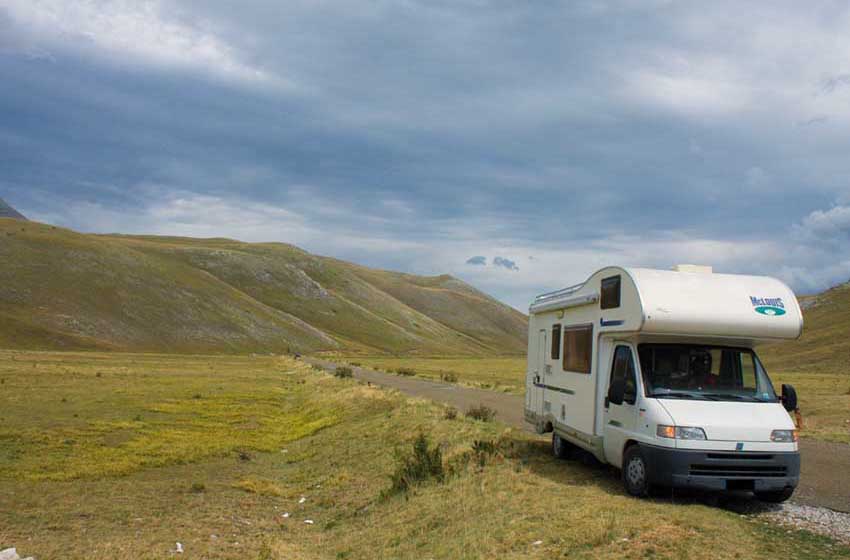
On the way back
December 31: Sanremo
The return journey begins. We stop in Arles for some last minute purchases: when we come to France we always bring home our favorite specialties including wine, cheese, cider (it's true, they are mainly products of Normandy and Brittany but something can also be found in southern supermarkets).
We take the motorway and, with a few stops to break up the journey, in the evening we reach Sanremo where we look for a place at the Pian di Poma stop, near the sports field. At the moment it is a free car park without services, which we find packed with campers: they are probably there for the party in the square and for the midnight fireworks; we don't have a dinner planned, so we find a quiet corner where we can stop and enjoy the fireworks show.
January 1st: home
We finish the last stretch of road that separates us from home, we reach our destination in the early afternoon: the next day it's already time to get back to work.
Fabio Bertani
Where to park in a camper in France
Below we report the rest areas and campsites used by the author and his crew.
- Celle Ligure Camper parking in Via Natta, equipped with camper service but without electricity, just outside the motorway exit. Parking limited to 48 hours.
- Fontaine-de-Vaucluse Large tree-lined car park on the banks of the Sorgue, without services and located a short distance from the centre. A short distance away there is a paid parking area equipped with camper service and electricity, part of the Camping Car Park circuit.
- Avignon Camping Bagatelle, www.campingbagatelle.com. A small campsite on an island in the middle of the Rhône with breathtaking views of the Saint-Bénezet bridge and the Palace of the Popes.
- Beaucaire Small and quiet rest area on the edge of the nautical area. Free drainage, electricity and water paid for with a token which can be purchased at the tourist office.
- Fontvieille Nice rest area south of the town along the D33, in a quiet location, cost 10 euros for 24 hours, equipped with camper service, without electricity. Ideal for reaching Arles (just 5 km away) by public transport or by scooter.
- Saintes-Maries-de-la-Mer Rest area two kilometers from the centre, reachable via a convenient illuminated cycle path. Cost 13 euros for 24 hours, camper service, no power socket, use of the generator prohibited.
- Sanremo Pian di Poma rest area, free parking without services near the sports field without services.
---------
You can read all PleinAir itineraries in France and camper trips in the digital magazine on your PC, tablet or smartphone. With a year of subscription at PLEINAIR (11 paper issues) you have at your disposal the special inserts, the digital magazine and the digital archive from 2015 (with attachments).
With your PleinAir subscription receive the next issues comfortably at home and save!

